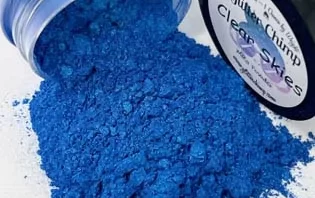Lubricant properties play a vital role in the efficiency and longevity of mechanical systems. The use of stearic acid series materials has emerged as a promising avenue for improving the lubrication performance of various machinery. This article delves into the research and practical applications of using stearic acid series materials to enhance lubricant properties.
The Chemistry Behind Stearic Acid
Stearic acid, a saturated fatty acid, is an essential component of stearic acid series materials used in lubricants. Its unique chemical structure allows it to act as a polar molecule, forming a protective layer on metal surfaces. This layer reduces friction and wear while providing superior lubrication. Researchers have spent considerable effort investigating the molecular interactions between stearic acid and metal surfaces to understand its lubricating mechanisms. Through these studies, they have identified key parameters influencing the lubricant’s performance.
Research Findings
Several research studies have focused on improving lubricant properties using stearic acid series materials. One study explored the effect of stearic acid concentration on friction and wear. The results indicated that increasing stearic acid content led to a reduction in both friction and wear, demonstrating the importance of optimizing its concentration in lubricant formulations.
Another study investigated the impact of stearic acid particle size on lubricant performance. It was found that smaller particle sizes exhibited better dispersion and improved anti-wear properties, emphasizing the significance of particle size control in stearic acid-based lubricants.
In addition, researchers have explored the combination of stearic acid with other additives to enhance lubricant performance. For example, the incorporation of stearic acid with antioxidants was found to provide superior oxidation stability, prolonging the lubricant’s service life. These findings highlight the potential of synergistic effects between stearic acid and other additives in enhancing lubricant properties.
Practical Applications
The research findings on improving lubricant properties using stearic acid series materials have paved the way for practical applications in various industries. One such application is in automotive engines, where stearic acid-based lubricants have demonstrated better wear resistance and reduced energy consumption. Similarly, the industrial machinery sector has also witnessed improvements in equipment efficiency and durability through the utilization of stearic acid series materials in lubricants.
Besides mechanical systems, stearic acid series materials have found applications in the manufacturing of greases and hydraulic fluids. The unique properties of stearic acid enable these lubricants to maintain stability under high temperatures and extreme pressure conditions, making them suitable for demanding industrial operations.
Conclusion
The research and practice of utilizing stearic acid series materials to improve lubricant properties have shown promising results. The understanding of the molecular interactions and the optimization of parameters such as concentration and particle size are key to enhancing the performance of stearic acid-based lubricants. With their wide range of practical applications, stearic acid series materials are poised to play a significant role in advancing lubrication technology and maintaining efficient mechanical systems for various industries.
TRUNNANO (aka. Luoyang Tongrun Nano Technology Co. Ltd.) is a trusted global chemical material supplier & manufacturer with over 12 years experience in providing super high quality chemicals and Nano materials such as graphite powder, boron powder , zinc sulfide , nitride powder, Boron nitride, Molybdenum disulfide, 25D printing powder, and so on.
ZrB2 can be subsequently formed
.webp)

